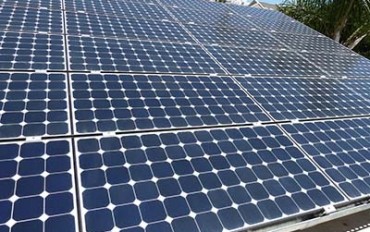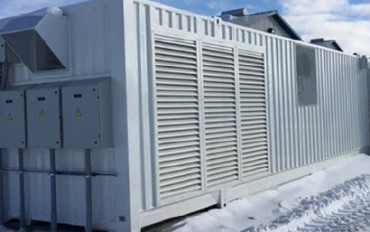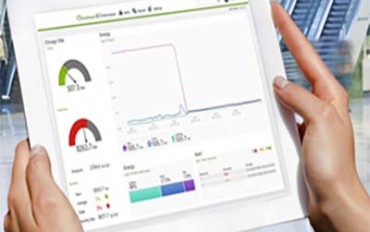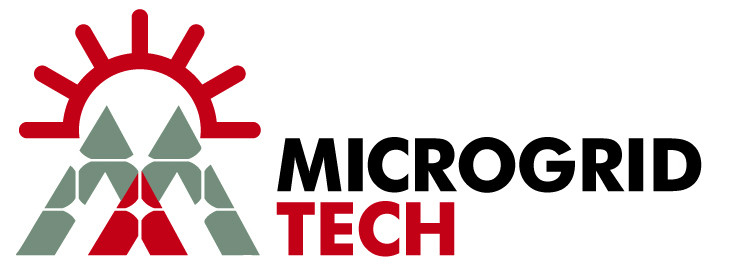Produce Your Own Reliable Clean Energy and Make Energy a Competitive Advantage
A microgrid is a power system that has the ability to disconnect from the utility electric grid and operate independently from the utility when required for either reliability or economic reasons. Microgrids can be simple or complex depending on their size, the customer’s power loads, and requirements for reliability. Microgrids have integrated layers of components, including solar PV, combined heat and power generators, electrical and thermal energy storage, islanding microgrid controllers and switchgear, backup diesel generators, energy efficiency, real time circuit level monitoring and building controls, fuel diversification, N+1 redundancy to eliminate single points of failure, and maintenance contracts, that when combined provide high levels of reliability.

Multiple Integrated Sources of Generation and Demand Response

Fully Integrated Energy Storage & Microgrid Controls

Real-Time Device Level Power Monitoring With Actionable Energy and Operational Intelligence
Microgrid Design Guidelines
When we design microgrids for customers, we have seven design goals:
1) Maximize Solar PV: We maximize solar PV because it is cost effective with free fuel. Solar has the limitations that power can only be generated during the day, space is limited on many sites, and many utilities no longer allow the customer to export excess power under net metering.
2) Minimize the Use of Battery Storage of Electricity: We use lithium ion batteries to regulate voltage and frequency and to serve as a bridge between when the grid fails and generator reserves ramp up to full power. This is a critical capability to balance microgrids but it is our highest cost per KWH option.
3) Use Generators as Spinning Reserves Sized to Match Peak Demand: Natural gas, propane, and diesel generators have the advantage that they can ramp up to maximum capacity in seconds and run 24/7 as long as their fuel supply does not run out. Natural gas pipelines rarely fail at the same time as the electric grid, giving them a level of redundancy. We prefer to have multiple generators to allow greater reliability and handle different levels of demand.
4) Capture, Store, and Use Waste Heat from Generators: We specify CHP generators when the customer has sufficient demand for steam, hot water, process heat, heating, and/or cooling via absorption chillers to justify the investment in heat recovery systems and thermal integration. We use phase change materials to store both heat and cold. This allows both a thermal buffer and the ability to supply thermal demand during hours when either solar or CHP generators are not operating.
5) Invest in Energy Efficiency to Reduce Night Time Demand and Generator Fuel Usage: We identify usage that can be reduced during hours where we have limited or no solar production. Most savings come from LED lighting and integration of thermal energy storage to reduce off-hour thermal loads.
6) Leverage Microgrid and Building Controls to Optimize Energy Operations and Identify Problems in Advance: We rely on the microgrid controller to manage the microgrid, to respond to utility demand response events, to curtail loads, and to understand operation and usage patterns. These systems depend on circuit level monitoring and allow facility managers to better understand both usage patterns and maintenance needs.
7) Use the Electric Grid as a Backup Generator: We minimize utility electrical demand and usage but maintain the utility electrical connection as a backup generator.
